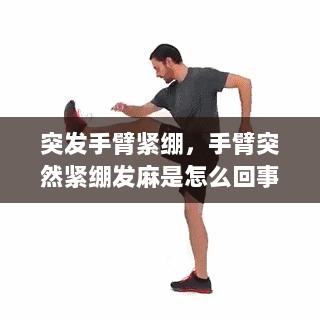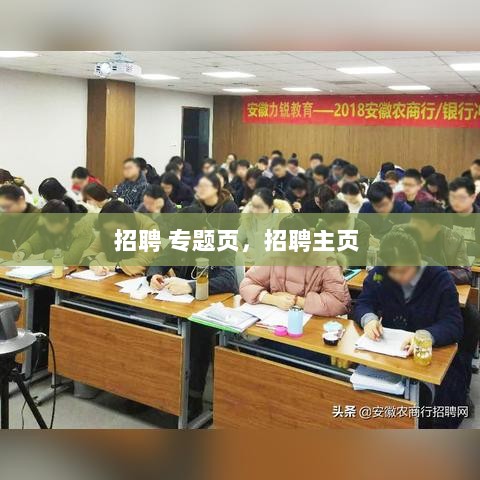<!DOCTYPE html>
Understanding Sudden Arm TensionWhat is Sudden Arm Tension?
Sudden arm tension, often described as a tight, cramping, or burning sensation in the arms, can be a perplexing experience for many individuals. This condition can occur without warning and may be accompanied by pain or discomfort. It is important to understand the causes, symptoms, and potential treatments for this condition to manage it effectively.
Causes of Sudden Arm Tension
Sudden arm tension can be caused by a variety of factors, including muscle strain, overuse, or underlying medical conditions. Here are some common causes:
Muscle strain: Overexertion or sudden movements can cause muscles to strain, leading to tightness and pain.
Overuse: Prolonged or repetitive use of the arms, such as typing or playing a musical instrument, can cause muscles to become strained and tense.
Nerve compression: Conditions like carpal tunnel syndrome can cause pressure on nerves, leading to arm tension and pain.
Dehydration: Lack of fluids can lead to muscle cramps and tension.
Electromyography (EMG) stimulation: In some cases, sudden arm tension can be a side effect of EMG stimulation, which is used to diagnose muscle and nerve disorders.
Medications: Certain medications, such as those used to treat anxiety or high blood pressure, can cause side effects that include arm tension.
Symptoms of Sudden Arm Tension
The symptoms of sudden arm tension can vary from person to person, but common signs include:
Tightness or cramping in the arms, which may be localized or spread throughout the arm.
Burning or sharp pain in the arms.
Weakness or difficulty moving the arms.
Sensitivity to touch or pressure.
Diagnosis and Treatment
Diagnosing sudden arm tension often involves a physical examination and a review of the individual's medical history. In some cases, additional tests may be necessary, such as an EMG or X-rays, to rule out other conditions.
Here are some treatment options for sudden arm tension:
Rest: Giving the arms a break from activity can help alleviate tension and allow muscles to recover.
Heat or cold therapy: Applying heat or cold packs to the affected area can help reduce inflammation and pain.
Stretching and strengthening exercises: Gentle stretching and strengthening exercises can improve muscle flexibility and reduce tension.
Medications: Over-the-counter pain relievers or prescription medications may be recommended to manage pain and inflammation.
Physical therapy: A physical therapist can provide tailored exercises and techniques to help alleviate arm tension and improve mobility.
Addressing underlying conditions: Treating the underlying cause of arm tension, such as carpal tunnel syndrome or dehydration, is crucial for long-term relief.
Prevention and Lifestyle Changes
Preventing sudden arm tension involves adopting healthy lifestyle habits and being mindful of activities that can strain the arms:
Take regular breaks: If you engage in repetitive activities, take frequent breaks to rest your arms.
Practice proper ergonomics: Adjust your workspace to minimize strain on your arms and hands.
Stay hydrated: Drinking plenty of water throughout the day can help prevent muscle cramps and tension.
Warm up and cool down: Before and after engaging in physical activities, warm up and cool down to prepare and relax your muscles.
Stre
















 京ICP备11000001号
京ICP备11000001号
还没有评论,来说两句吧...